
The Spanish designer in Dieter Rams's shadow
6 min read Dec 1, 2022
Years go, I wrote a piece about the citrus juicer we have at home, a Braun MPZ2 Citromatic from the late 60s. I praised the simple, timeless design that is still a pleasure half a century later.
Due to hasty research, I mistakenly attributed its design to the legend Dieter Rams. It’s a rather common mistake as many Braun designs are credited to Dieter. A few readers responded to correct my mistake. The MPZ2 was, in fact, designed by a Spaniard — someone nearly unknown outside his home of Catalonia.
To understand the story of this influential, yet largely obscure figure, we must travel back in time to 1950s Switzerland.
The invention of the hand blender
Just a few years after World War II, industrial design, which had only developed for several decades, blossomed. Postwar society necessitated large-scale manufacturing.
The Swiss — already well known for their mechanical excellence — were making a name for themselves manufacturing small appliances for the home. These products sold not just domestically, but also in other markets around the world.
Enrique Berrens was running one such operation, bringing Swiss appliances under the Turmix name to Spain1. His company, like other import companies, slowly grew and began designing and selling objects of their own design. These were the beginnings of the electronics and appliances industry in Spain.
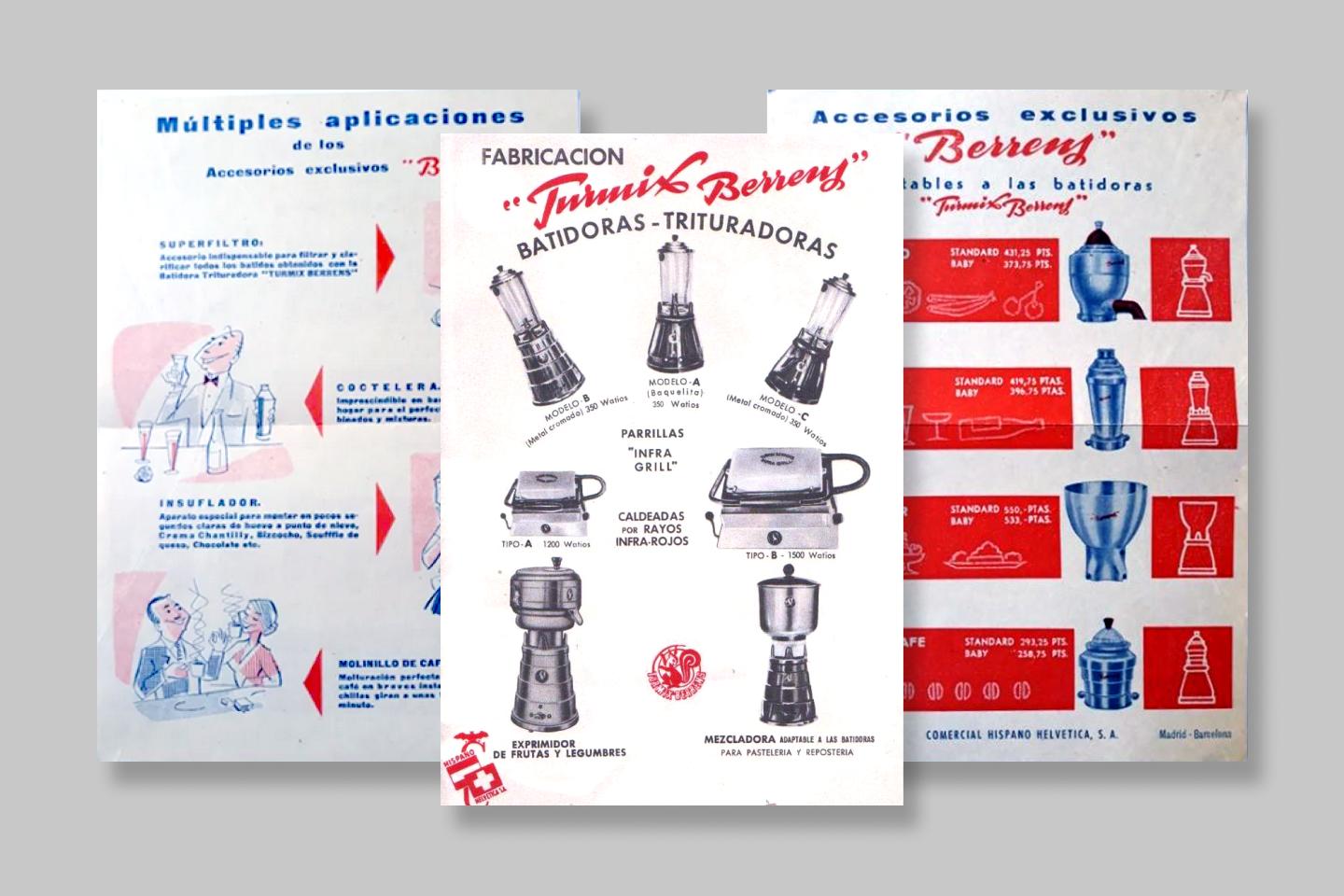
Turmix flyers (source)
Similarly, a company called Pimer (short for Pequeñas Industrias-Eléctricas Reunidas), began by making small motors for toys, but expanded into coffee grinders and other appliances2. It’s there, that in 1947, Gabriel Lluelles Rabadá was hired as a draftsman. He gradually rose up the ranks to head up the technical department. Along with Pimer’s engineers, he devised new products to serve the home. For example, they developed a coffee grinder into a countertop blender, much like what is sold today.
Back in Switzerland, Roger Perrinjaquet patented the Bamix (short for battre et mixer, meaning to beat and mix in French). This device reconfigured the blender, placing the electric motor in a handle and the blade at the end of a stalk. Unfortunately, this, the world’s first hand blender, was not an enduring commercial success.
Years later, in an effort to make their own blenders simpler, cheaper, and easier to clean, Gabriel worked with Pimer engineer Rudibert Götzenberger on their own iteration of the hand blender3 . In 1959, this blender, dubbed the Minipimer MR1, entered mass production. Unlike the Bamix before, the Minipimer caught on, becoming a staple in kitchens across Europe. In fact, many people called hand blenders “Minipimers”, regardless of the brand.
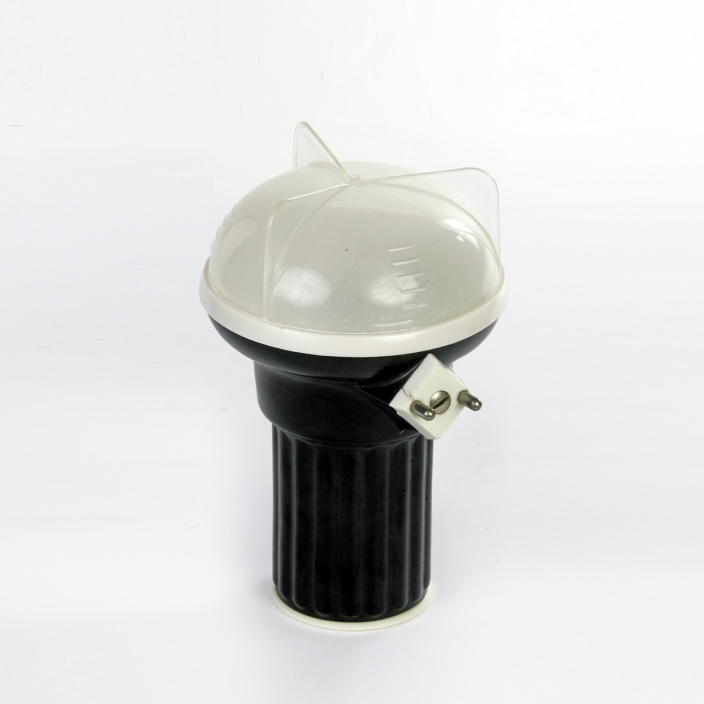
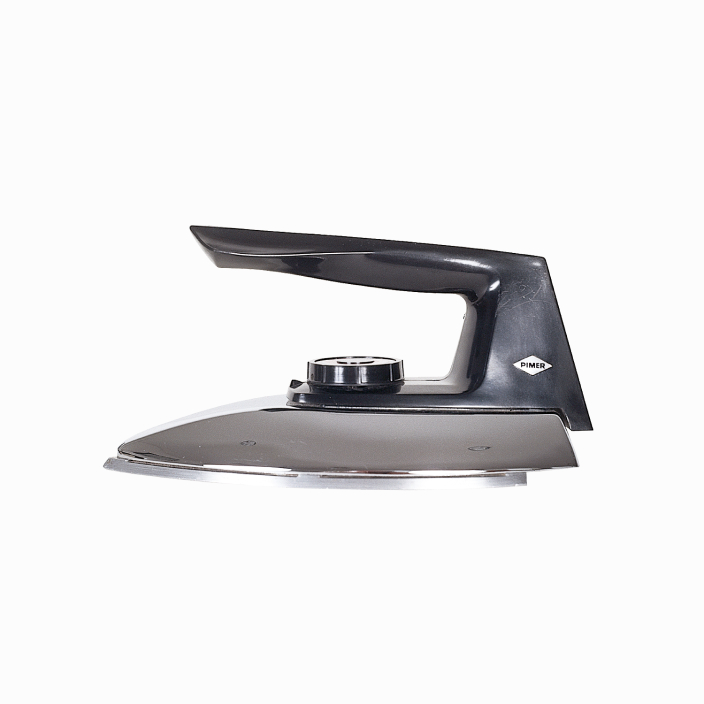
Spain, meet Germany
At this time, Braun, with its reputation for gobbling up designers within Germany, was now looking outside, specifically at the little Catalonian operation named Pimer. Soon after his promotion to chief designer and head of product design, Dieter Rams met with Gabriel Lluelles Rabadá. Through a translator, they recognized the similarities between their design philosophies and an important fact — Pimer’s appliancess could complement Braun’s burgeoning product line.
So, in 1962, Braun AG acquired half of Pimer, in the process renaming it Braun Española SA4 . In 1965 Braun bought it out completely. In the new arrangement, Gabriel oversaw the design in the Spanish unit while Dieter oversaw design across the entire company.

Gabriel in a white coat leading a tour of the Braun Española offices
Pimer’s product lines continued, but were gradually rebranded. The Minipimer was renamed to the Braun Minipimer, and then the Braun MultiQuick, a name it retains today. The hand blender as an appliance is now a mainstay in kitchens all around the world.
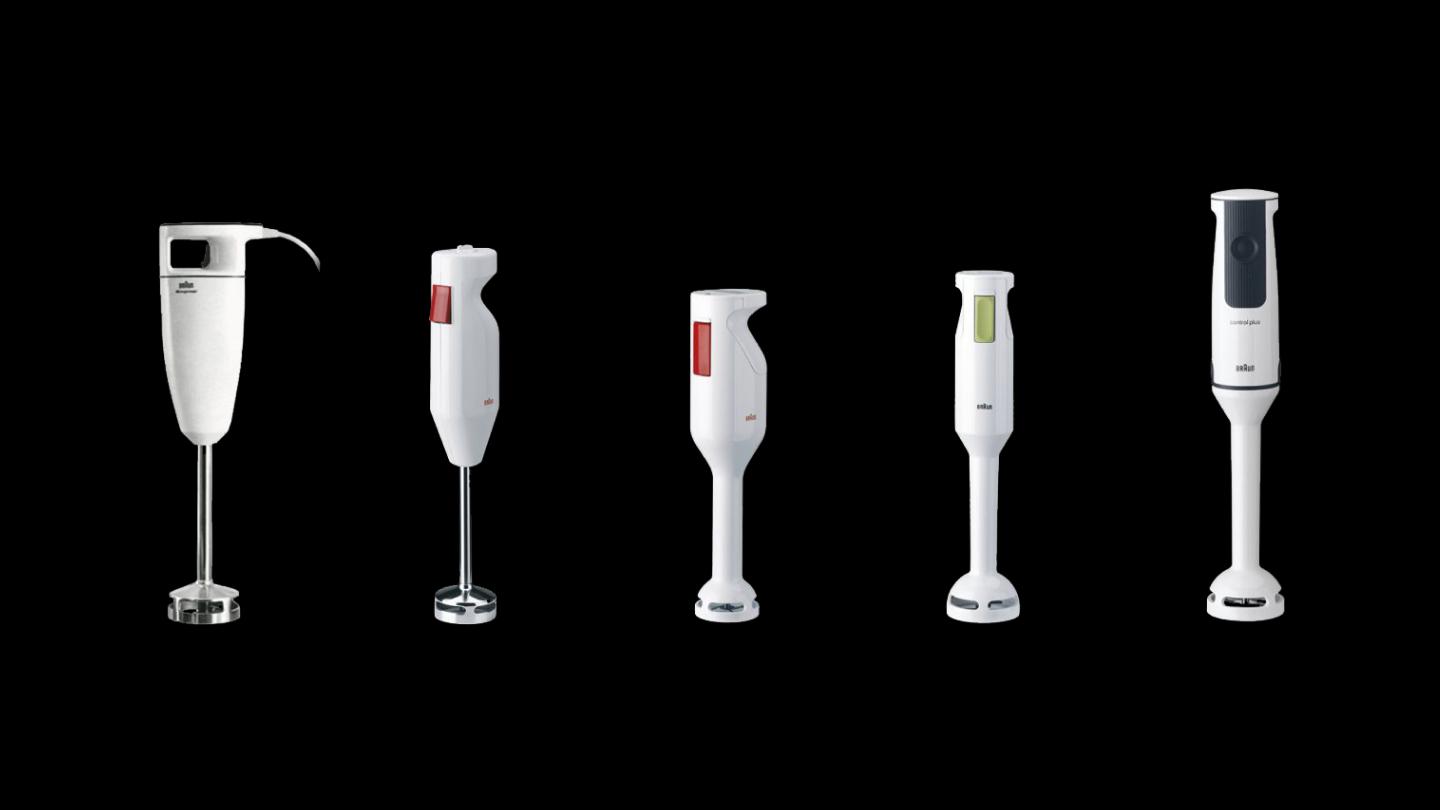
The development of new products also continued just like before. The MPZ2 Citromatic juicer is one example. Braun was already selling the MPZ1, but intended to improve on the design. In my previous piece about it, I mistakenly attributed the MPZ2’s design to Dieter Rams. Make no mistake, Gabriel designed the initial prototypes, while Dieter and others contributed later in the process.
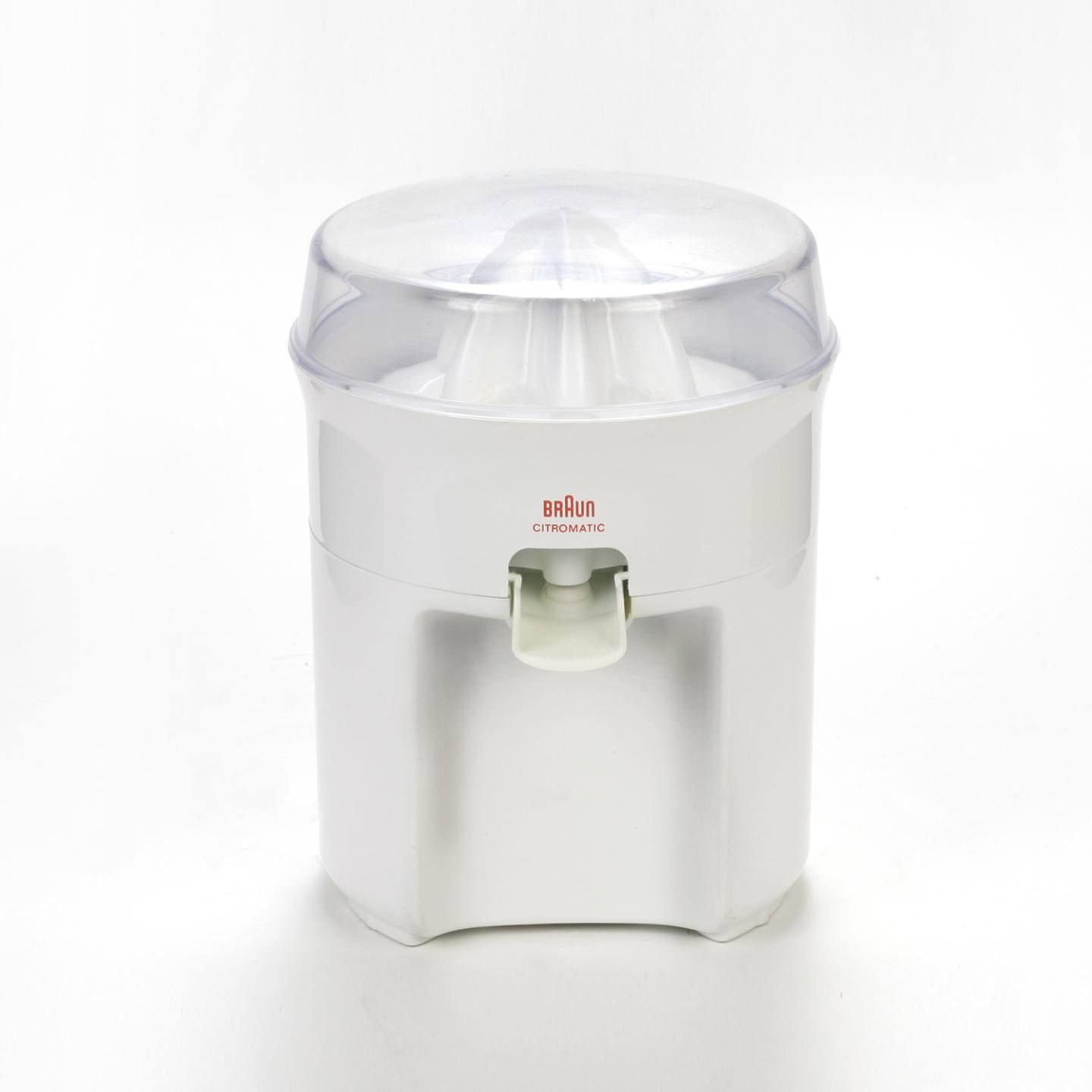
Braun MPZ2 (source)
In 1968, right as Gillette acquired Braun, Gabriel Lluelles departed for another Catalonian appliance company called Tauraus, where he continued developing hair dryers, blenders, vacuums, and more5.
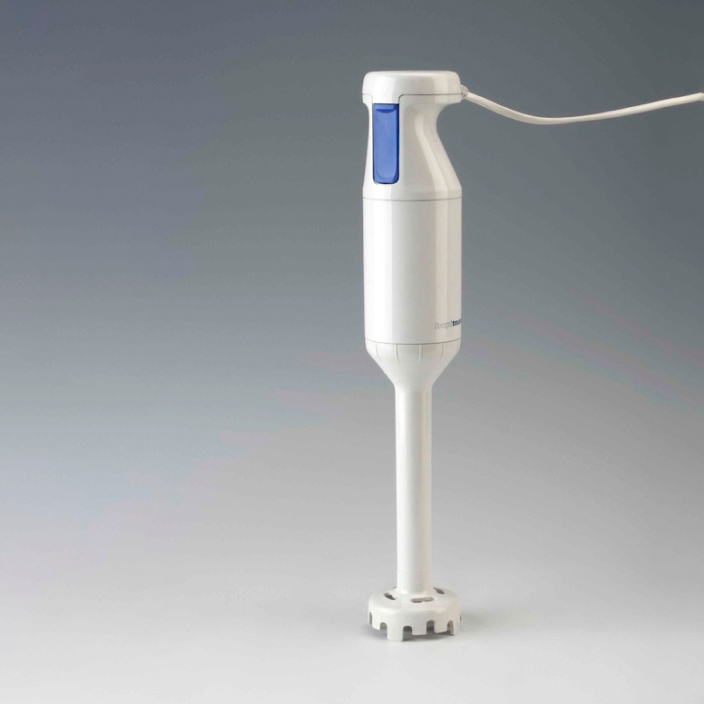

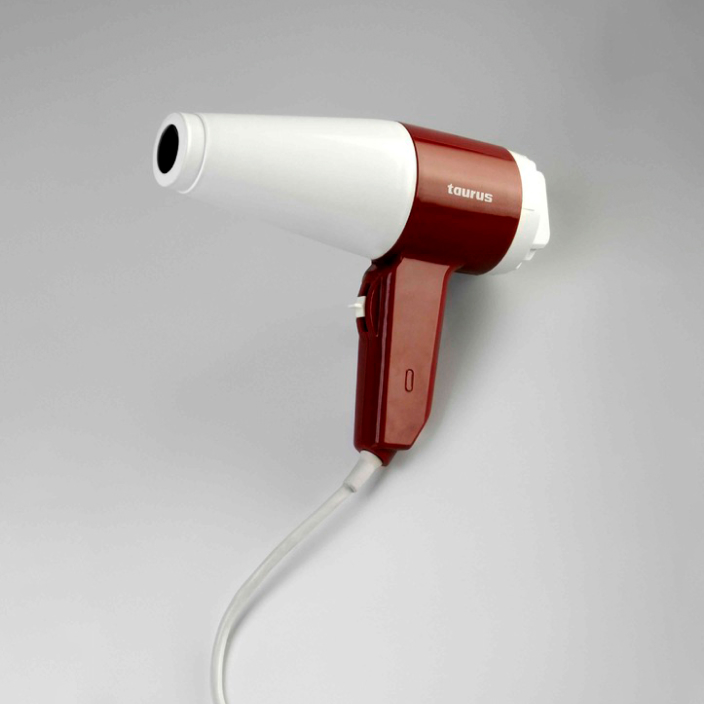

The long shadow of Dieter Rams
It should be clear now that Gabriel Lluelles Rabadá has had a lasting impact on design and the lives of ordinary people. Why then, is he basically unknown outside of Spain? Well, it may have more to do with Dieter than Gabriel.
From early in his career at Braun, Dieter Rams was a star. To this day, no other person is better known for their association with Braun. Few know Max Braun, its founder or his sons Artur and Erwin, who created the environment that allowed designers like Dieter to flourish there. In fact, there is a whole book written about Gern A Müller, one of the many people overshadowed by Dieter’s fame.
However, Dieter Rams doesn’t want this fame. At a much more recent event celebrating his work, he said, “I want nothing to do with this star design machine.”6 Any time he describes Braun products, he carefully describes the teamwork behind them7.
It seems his fame is not of his doing, but the result of a natural human tendency. We often simplify stories and history, forgetting the teams behind people and focusing on just one or two prominent figures. Steve Jobs and Jony Ive get much of the credit for the innovations at Apple. However, let’s not forget their direct teammates, let alone the thousands of other talented engineers, designers, writers, marketers, and more working at Apple.
In other words, behind every innovation, there lies not a sole genius, but a team of people working towards a common mission.
A legacy honored
Fortunately for Gabriel and the story of Spanish industrial design, he was eventually honored at a grand scale. In 2008, just four years before he passed away, ADI-FAD, the Museu d’Arts Decoratives and the Andrés Alfaro-Hofmann collection exhibited his work in Barcelona.
Ultimately, while Gabriel Lluelles Rabadá may not have received enough credit for his work, I am at least happy to have discovered his story.
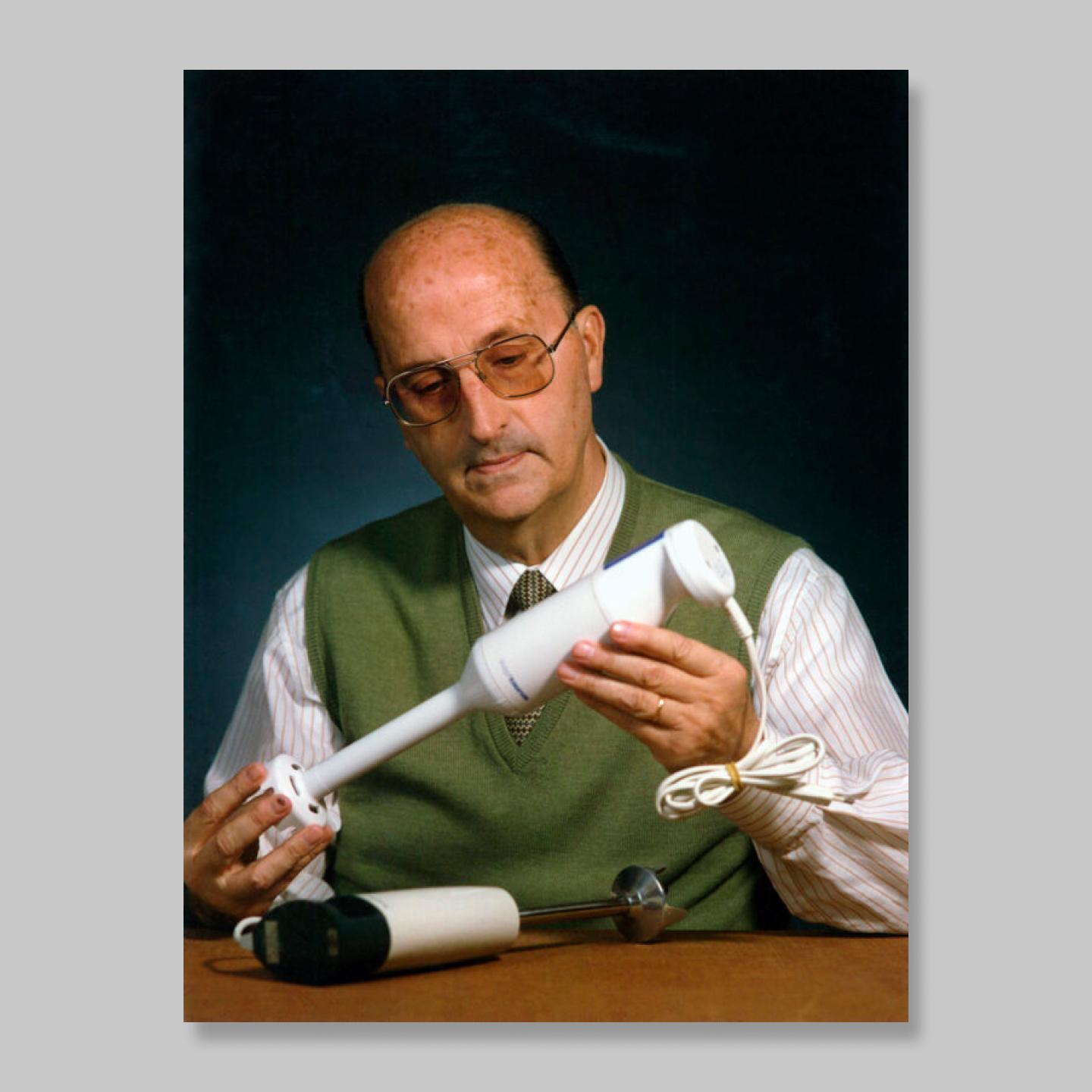
- Patents for kitchen whizzes: the beater · Jorge Domínguez ↩︎
- The Rise and Fall of the Domestic Appliance Industry in Catalonia · Isabel Campi ↩︎
- La era de la Minipimer · La Rioja ↩︎
- The Rise and Fall of the Domestic Appliance Industry in Catalonia · Isabel Campi ↩︎
- The Rise and Fall of the Domestic Appliance Industry in Catalonia · Isabel Campi ↩︎
- Dieter Rams: As Little Design As Possible · Sophie Lovell ↩︎
- Alessandro Mendini interviews Dieter Rams · Alessandro Mendini ↩︎
Thanks to Q for reading drafts of this.
Pimer images courtesy Alfaro Hofmann collection.
Taurus images courtesy europeana.